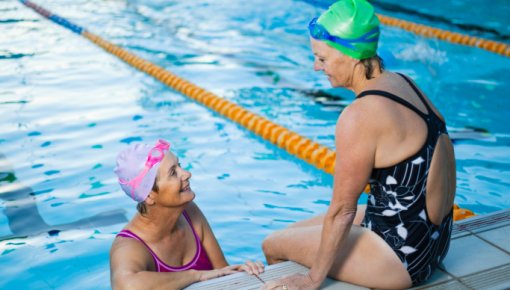What helps to get rid of athlete's foot?

Athlete's foot is very common and usually doesn't cause any serious problems. But it can make skin itch, crack, and look unattractive. The fungus may spread to the nails, and sometimes to other areas of skin – although that rarely happens. The infection can usually be treated effectively with over-the-counter creams, gels or sprays from the pharmacy.
Athlete's foot fungi grow particularly well in the areas between our toes. It is often moist and warm there, and the skin on our feet also provides the fungus with nutrients to feed on. Topical (external) treatment such as creams or gels can usually successfully get rid of the infection. It is very rarely necessary to take tablets.
To prevent infection, it' s a good idea to wear flip-flops at the swimming pool or in the sauna. If you already have athlete's foot, you should change your socks and towels often, and wash them at 60 degrees Celsius or more. Paying close attention to hygiene also helps to stop others from being infected.

